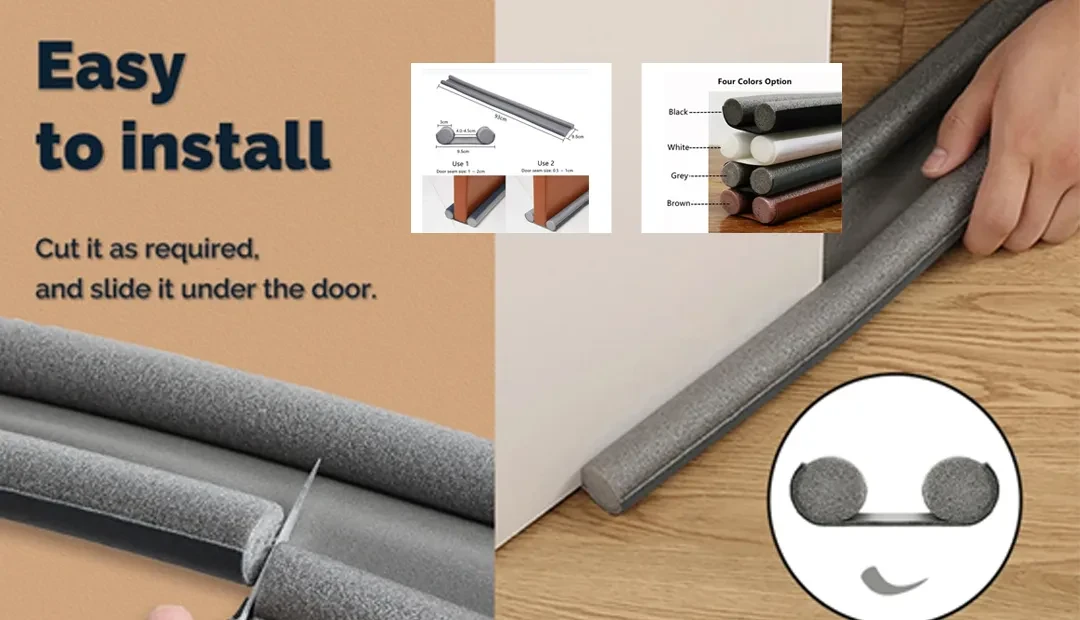Vehicle Weather Stripping Solutions for Enhanced Protection and Performance
Understanding Vehicle Weather Stripping Importance and Maintenance
Vehicle weather stripping refers to the rubber or vinyl seals that are positioned around various components of a car, such as doors, windows, trunks, and sunroofs. This crucial component serves multiple functions it prevents moisture and dust from entering the vehicle, enhances insulation, and contributes to overall comfort by reducing noise levels from the outside. Understanding the importance of weather stripping and how to maintain it can extend the life of your vehicle and improve your driving experience.
The Importance of Weather Stripping
Weather stripping acts as a barrier, shielding the interior from rain, snow, and wind. If the seals are damaged or worn out, water can seep into the cabin, leading to mold and mildew growth, which can be a health hazard. Additionally, moisture can cause significant damage to the car’s electrical components and upholstery. On top of that, ineffective weather stripping can lead to increased energy consumption. When the interior of the vehicle is not properly sealed, air conditioning or heating systems have to work harder to maintain the desired temperature, resulting in higher fuel consumption and reduced efficiency.
Furthermore, weather stripping plays a significant role in noise reduction. Good quality seals help to minimize the amount of road noise that penetrates the vehicle, ultimately ensuring a quieter and more comfortable ride. This is particularly important for long drives or commutes, where excessive noise can lead to fatigue and decreased concentration.
Signs of Worn Weather Stripping
vehicle weather stripping

With regular use, weather stripping can wear out over time. For vehicle owners, it's essential to keep an eye out for signs of deterioration. Some common indicators include visible cracks, tears, or hardening of the rubber material. If you observe any gaps between the weather stripping and the vehicle frame, or if you notice increased wind noise while driving, it may be time to replace the seals. Additionally, water leaks during rainstorms or a build-up of frost on the inside windows during winter can indicate compromised weather stripping.
Maintaining Weather Stripping
Proper maintenance of weather stripping can significantly enhance its lifespan. Regularly cleaning the rubber seals with mild soap and water helps remove dirt, grime, and contaminants that can lead to deterioration. After washing, consider applying a silicone-based lubricant to the seals. This not only keeps the rubber flexible but also offers additional protection against harsh weather conditions.
In regions with extreme temperatures, it is crucial to inspect weather stripping more frequently. Prolonged exposure to intense heat can cause the rubber to become hard and brittle, while cold temperatures can result in cracking. If necessary, replacing worn-out weather stripping with high-quality, OEM (Original Equipment Manufacturer) parts can ensure the best fit and performance.
Conclusion
Vehicle weather stripping is an essential yet often overlooked aspect of automobile maintenance. By understanding its significance and recognizing the signs of wear, car owners can take proactive steps to address any issues. Regular care not only protects the vehicle’s interior but also enhances comfort, safety, and energy efficiency. Investing in the upkeep of weather stripping is a small but worthwhile effort to ensure a pleasant driving experience for years to come.
-
Under Door Draught Stopper: Essential ProtectionNewsJul.31,2025
-
Garage Door Seal and Weatherstrips for ProtectionNewsJul.31,2025
-
Edge Banding Tape for Perfect EdgesNewsJul.31,2025
-
Table Corner Guards and Wall Corner ProtectorsNewsJul.31,2025
-
Stair Nose Edging Trim and Tile Stair SolutionsNewsJul.31,2025
-
Truck Bed Rubber Mats for Pickup BedsNewsJul.31,2025
-
Window Weather Stripping for Noise ReductionNewsJul.29,2025